The wearable technology landscape is undergoing a revolutionary transformation with the introduction of real-time blood alcohol concentration (BAC) monitoring. This groundbreaking feature is poised to redefine how individuals and society approach alcohol consumption, offering unprecedented insights into personal health and safety. Unlike traditional breathalyzers or blood tests, these sleek devices promise continuous, non-invasive tracking—ushering in a new era of accountability and harm reduction.
How It Works: The Science Behind the Innovation
At the heart of this technological leap lies advanced biosensor technology capable of detecting alcohol molecules through perspiration. Pioneering companies have developed proprietary algorithms that correlate transdermal alcohol concentration with actual BAC levels, accounting for variables like skin temperature and metabolic rates. Some prototypes even incorporate optical sensors that measure alcohol-induced changes in blood vessels beneath the skin's surface. The data is processed locally on the device before being synced to companion smartphone apps, where users can view their intoxication curve in real time.
Clinical trials have demonstrated remarkable accuracy, with some devices achieving over 90% correlation to gold-standard blood tests. This level of precision was unimaginable just five years ago, when wrist-worn alcohol sensors could only provide crude estimates. The latest generation can detect rising BAC levels within 15 minutes of consumption—fast enough to allow for meaningful behavioral adjustments.
Implications for Public Health and Safety
Public health experts are particularly excited about the potential to reduce alcohol-related harm. Imagine receiving haptic feedback when approaching the legal driving limit, or having your smart car automatically disable ignition if BAC levels are dangerous. Some employers in safety-sensitive industries are already exploring mandatory wearables for workers in high-risk positions. The technology could also revolutionize addiction treatment by providing concrete data to support recovery efforts, helping individuals recognize patterns and triggers.
However, the ethical dimensions warrant careful consideration. Privacy advocates raise valid concerns about who owns this sensitive biometric data—especially when employers or insurance companies request access. There's also the risk of over-reliance on technology replacing personal responsibility. Still, when balanced against the potential to save lives (the CDC estimates alcohol causes 95,000 deaths annually in the U.S. alone), most agree the benefits outweigh the risks.
The Competitive Landscape Heats Up
Major players like Apple, Samsung, and Garmin are rumored to be racing to integrate BAC monitoring into their next-generation smartwatches. Meanwhile, specialized startups like BACtrack and Milo Sensors have first-mover advantage with FDA-cleared wearable devices already on the market. The competition is driving rapid innovation, with some prototypes testing additional capabilities like detecting medication interactions or predicting hangover severity based on hydration levels.
Price points currently range from $150 for basic models to over $500 for medical-grade devices, though analysts predict costs will plummet as the technology matures. Subscription models are emerging too, offering advanced analytics and personalized recommendations for moderate drinking. What began as a niche product for recovery programs is quickly becoming mainstream—industry forecasts suggest the alcohol monitoring wearable market will exceed $1 billion by 2027.
User Experience: Beyond the Numbers
Early adopters report fascinating behavioral changes. Many describe becoming more mindful drinkers, adjusting their pace when they see how quickly their BAC rises. The devices often include educational features explaining how factors like gender, weight, and food intake affect alcohol metabolism. Some even gamify responsible drinking, awarding "achievements" for staying within recommended limits.
Yet the technology isn't without quirks. Users note occasional false positives from hand sanitizer or perfume exposure. There's also a learning curve to interpreting the data—understanding why a second drink might spike BAC more than the first due to delayed gastric emptying. Manufacturers are responding with improved sensor placement (some now monitor behind the ear for more consistent readings) and enhanced algorithms that account for these variables.
The Future of Alcohol Monitoring
Looking ahead, researchers are exploring even more sophisticated applications. Imagine wearables that not only measure BAC but can estimate impairment of specific cognitive functions based on individual physiology. Some prototypes in development incorporate facial recognition to detect micro-expressions associated with intoxication. There's even talk of social features that could alert your group when anyone reaches concerning levels—transforming peer monitoring from awkward conversations to data-driven interventions.
As the technology becomes more widespread, we may see cultural shifts in how society views drinking. Real-time feedback could make "one more drink" decisions more informed, potentially reducing alcohol-related incidents. Bars might offer discounts to patrons using monitoring devices, while rideshare apps could integrate with wearables to prompt transportation when needed. The implications extend beyond alcohol too—similar sensors could eventually track other substances, medications, or even nutritional biomarkers.
This innovation represents more than just another smartwatch feature—it's a fundamental rethinking of our relationship with alcohol. By making the invisible visible, these devices empower users with knowledge that was previously inaccessible. While they won't solve all alcohol-related challenges, they mark a significant step forward in harm reduction technology. As the devices become more accurate, affordable, and socially accepted, we may look back on this moment as when wearable tech truly began saving lives in earnest.

By /Jul 25, 2025

By /Jul 25, 2025
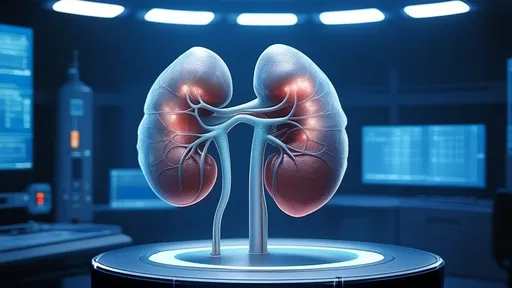
By /Jul 25, 2025

By /Jul 25, 2025

By /Jul 25, 2025
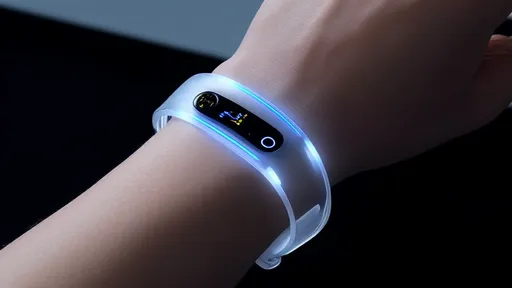
By /Jul 25, 2025

By /Jul 25, 2025

By /Jul 25, 2025

By /Jul 25, 2025

By /Jul 25, 2025
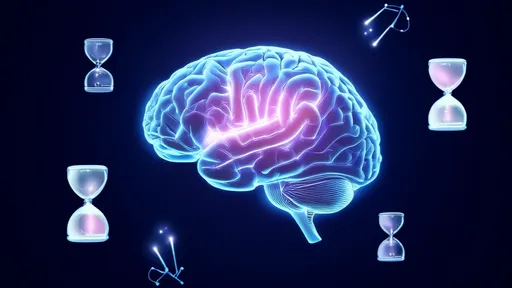
By /Jul 25, 2025

By /Jul 25, 2025

By /Jul 25, 2025

By /Jul 25, 2025

By /Jul 25, 2025

By /Jul 25, 2025
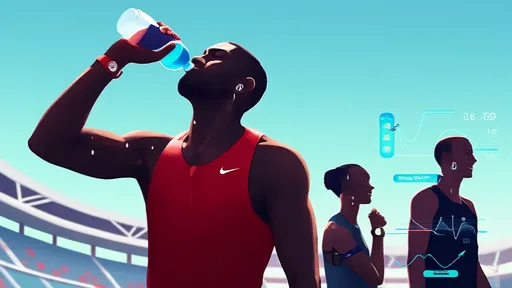
By /Jul 25, 2025
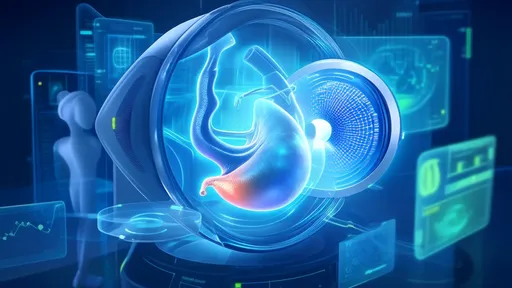
By /Jul 25, 2025